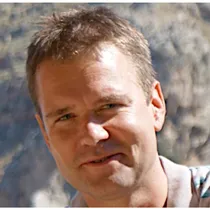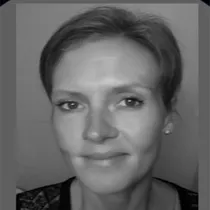- Accueil >
- Publications >
- Retrograde transport is not required for cytosolic translocation of the B-subunit of Shiga toxin
Retrograde transport is not required for cytosolic translocation of the B-subunit of Shiga toxin
Auteurs
Maria Daniela Garcia-Castillo, Thi Tran, Alexandre Bobard, Henri-François Renard, Stefan J. Rathjen, Estelle Dransart, Bahne Stechmann, Christophe Lamaze, Mike Lord, Jean-Christophe Cintrat, Jost Enninga, Eric Tartour, Ludger Johannes
Résumé
ABSTRACT
Antigen-presenting cells have the remarkable capacity to transfer exogenous antigens to the cytosol for processing by proteasomes and subsequent presentation on major histocompatibility complex class-I (MHC-I) molecules, a process termed cross-presentation. This is the target of biomedical approaches that aim to trigger a therapeutic immune response. The receptor-binding B-subunit of Shiga toxin (STxB) has been developed as an antigen delivery tool for such immunotherapy applications. In this study, we have analyzed pathways and trafficking factors that are involved in this process. A covalent conjugate between STxB and saporin was generated to quantitatively sample the membrane translocation step to the cytosol in differentiated monocyte-derived THP-1 cells. We have found that retrograde trafficking to the Golgi complex was not required for STxB–saporin translocation to the cytosol or for STxB-dependent antigen cross-presentation. Depletion of endosomal Rab7 inhibited, and lowering membrane cholesterol levels favored STxB–saporin translocation. Interestingly, experiments with reducible and non-reducible linker-arm–STxB conjugates led to the conclusion that after translocation, STxB remains associated with the cytosolic membrane leaflet. In summary, we report new facets of the endosomal escape process bearing relevance to antigen cross-presentation.
Membres

LUDGER JOHANNES
Directeur de recherche Inserm
CHRISTOPHE LAMAZE
Directeur de recherche Inserm

